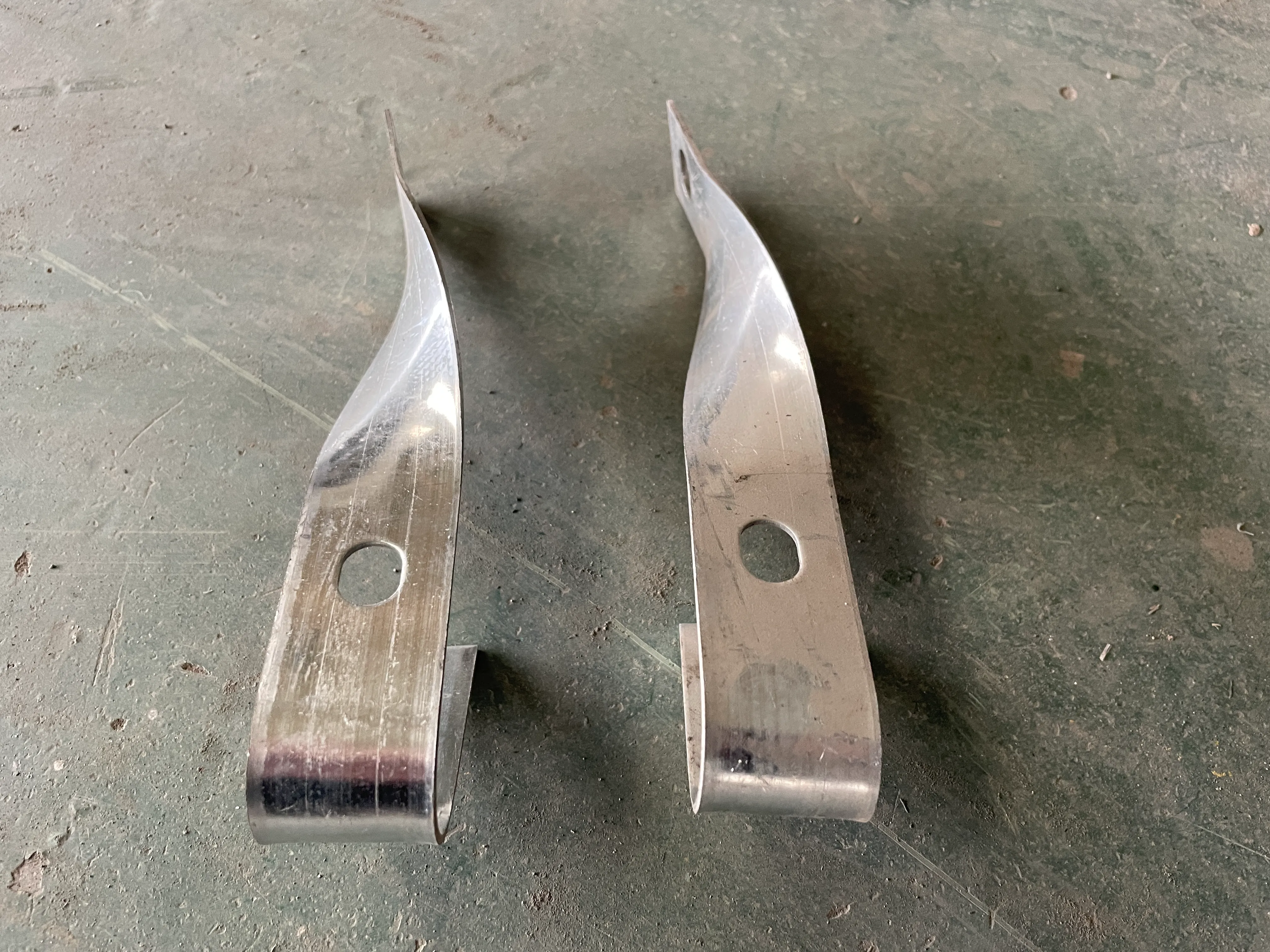loading...
- No. 9, Xingyuan South Street, Dongwaihuan Road, Zaoqiang County, Hengshui, Hebei, China
- admin@zjcomposites.com
- +86 15097380338
- Welcome to visit our website!
frp angle bar
Understanding FRP Angle Bars Applications and Benefits
FRP, or Fiber Reinforced Polymer, has become an essential material in various engineering and construction applications due to its unique properties, including high strength, lightweight, corrosion resistance, and ease of fabrication. Among the different forms of FRP products, angle bars have emerged as a popular choice for many industries. In this article, we will explore the characteristics, applications, and benefits of FRP angle bars.
What are FRP Angle Bars?
FRP angle bars are structural components that come in an L-shaped cross-section, typically with two legs of equal or varying lengths. These bars are made by combining a polymer matrix with reinforcing fibers, primarily glass, carbon, or aramid. This composite structure enhances the mechanical properties of the bars, making them suitable for demanding environments.
Characteristics of FRP Angle Bars
1. Lightweight One of the standout features of FRP angle bars is their low density compared to traditional materials like steel and aluminum. This lightweight nature makes transportation and installation easier, often reducing overall project costs.
2. High Strength-to-Weight Ratio Despite their lightness, FRP angle bars exhibit impressive strength and durability. This makes them an excellent choice for applications where high load-bearing capacity is required without adding significant weight.
3. Corrosion Resistance FRP materials are highly resistant to chemical attacks and do not corrode or rust, unlike metals. This property makes FRP angle bars ideal for use in environments exposed to harsh chemicals, moisture, or other corrosive elements, such as marine, wastewater treatment, and chemical processing facilities.
4. Electrical Insulation FRP angle bars are excellent electrical insulators, making them suitable for applications where electrical conductivity is a concern, such as in electrical enclosures or environments that require grounding.
5. Customizability FRP angle bars can be manufactured in various sizes, colors, and mechanical properties tailored to specific project requirements. This flexibility enables designers and engineers to utilize FRP angle bars in innovative ways.
frp angle bar

Applications of FRP Angle Bars
FRP angle bars are used in various applications across different industries. Some notable uses include
1. Construction and Structural Support Due to their strength and durability, FRP angle bars are extensively used in construction projects, including bridges, buildings, and parking structures. They provide reliable structural support and can be used in both load-bearing and non-load-bearing applications.
2. Transportation Infrastructure In the transportation sector, FRP angle bars can be found in railway, highway, and pedestrian bridge applications. Their lightweight nature eases the load on underlying structures and facilitates easier maintenance.
3. Marine Applications The marine environment poses significant challenges due to saltwater exposure. FRP angle bars are well-suited for docks, piers, and shipbuilding due to their resistance to corrosion and excellent strength characteristics.
4. Chemical Processing In industries where equipment is exposed to harsh chemicals, FRP angle bars are utilized for supports, frames, and structural components due to their resistance to corrosion.
5. Telecommunications FRP angle bars are used in telecommunications infrastructure, including antenna supports and communication towers, where lightweight and non-conductivity are crucial.
Conclusion
The adoption of FRP angle bars in various industries highlights the ongoing evolution of materials science and engineering. Their lightweight, high-strength, and corrosion-resistant properties make them a compelling alternative to traditional materials. As technology continues to advance, FRP angle bars are likely to see expanded applications and further integration into design and construction practices, offering innovative solutions to modern engineering challenges. Whether in construction, transportation, or industrial applications, FRP angle bars represent a forward-thinking choice that combines performance, durability, and sustainability.
-
The Rise of FRP Profiles: Strong, Lightweight, and Built to LastNewsJul.14,2025
-
SMC Panel Tanks: A Modern Water Storage Solution for All EnvironmentsNewsJul.14,2025
-
GRP Grating: A Modern Solution for Safe and Durable Access SystemsNewsJul.14,2025
-
Galvanized Steel Water Tanks: Durable, Reliable, and Ready for UseNewsJul.14,2025
-
FRP Mini Mesh Grating: The Safer, Smarter Flooring SolutionNewsJul.14,2025
-
Exploring FRP Vessels: Durable Solutions for Modern Fluid HandlingNewsJul.14,2025
-
GRP Structures: The Future of Lightweight, High-Performance EngineeringNewsJun.20,2025
